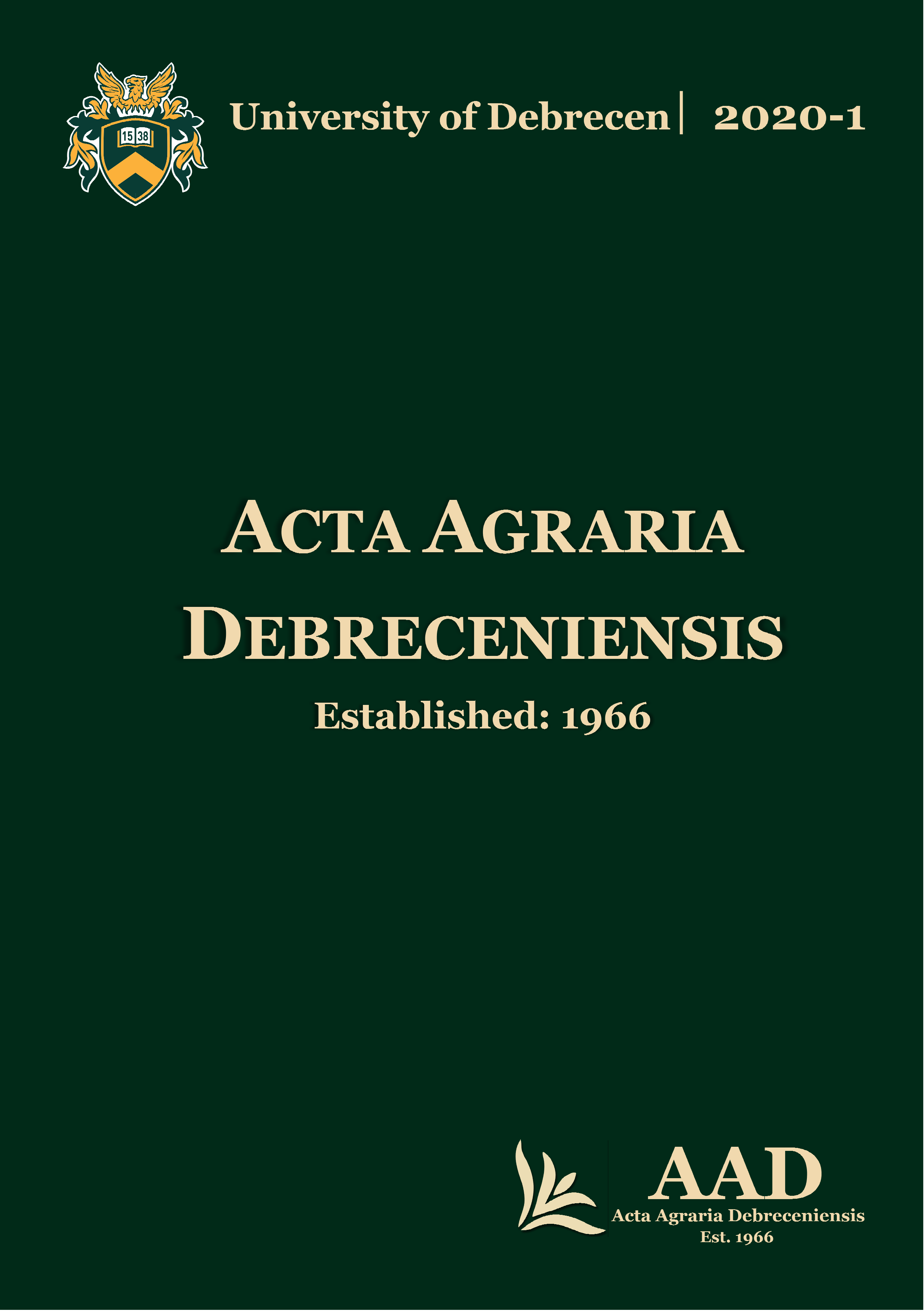The effect of season on the microbiological status of raw milk
Authors
View
Keywords
How To Cite
Accepted 2020-02-28
Published 2020-05-20
Abstract
Many factors can influence the microbiological quality of raw cow’s milk. In this study, our aim was to determine whether there was any difference between the microbiological statuses of milk produced in different seasons. Samples were collected and analysed from five dairy farms in Hajdú-Bihar County, from February to November in 2019. During our studies, total plate count (TPC), coliform count and Staphylococcus aureus count of raw cow’s milk samples were determined.
There was no significant difference (P>0.05) between the mean TPC values detected in the milk collected in winter and autumn, but that values were significantly (P<0.05) lower than in the milk samples collected in spring and summer. Similarly to the TPC, in the case of coliform bacteria the lowest mean colony count was detected in the samples collected in winter. The difference was significant (P<0.05), compared to the values observed in the samples collected in summer. S. aureus was detected in bulk milk of only two farms in excess of 1.0 log10 cfu/ml. Also in case of S. aureus, there was a significant difference (P<0.05) between the values observed in the samples collected in winter and in summer. Samples from spring and summer contained the highest amount of S. aureus.
Based on the results of our studies, in the case of almost all farms the mean TPC, coliform and S. aureus counts were lower in the samples collected in winter, than in the samples collected in summer. The fact that the samples collected in winter contained the lowest amount of colonies could be attributed to the inhibition of growth of mesophilic microorganisms below 8 °C. Furthermore, the fact that we observed the highest colony counts in samples collected in summer, can be related to the heat stress of cows during the summer due to unfavorable weather conditions (high temperature and humidity).

 https://doi.org/10.34101/actaagrar/1/3774
https://doi.org/10.34101/actaagrar/1/3774